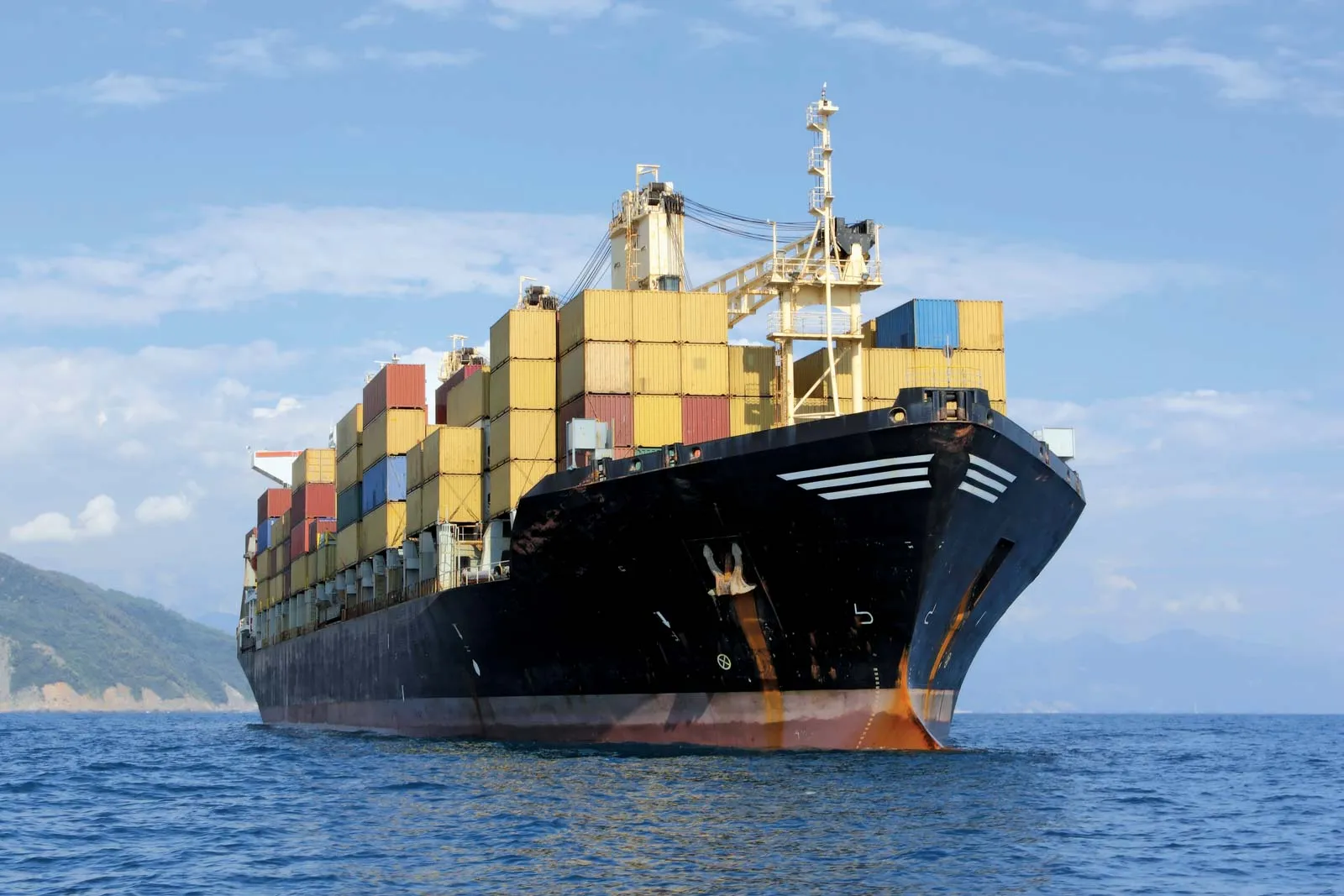Understanding the Logistics Landscape
Shipping From China to Malaysia has become a vital part of global trade, especially for eCommerce sellers, wholesalers, and businesses sourcing products from China. However, delays can disrupt operations, increase costs, and affect customer satisfaction. Knowing how logistics works, what causes slowdowns, and how to optimize each step can significantly boost your delivery speed while minimizing unexpected issues Shipping From China to Malaysia.
Common Causes of Delays
Inefficient Supplier Processing
One of the biggest contributors to slow shipping is the supplier’s preparation time. Many factories require additional days for packaging, inventory checks, or production adjustments. When communication is unclear, delays grow even longer.
Customs Clearance Complications
Whether shipping via air, sea, or express, customs clearance remains a critical checkpoint. Missing invoices, inaccurate HS codes, or undervalued items can result in extended inspections.
Peak Season Congestion
During major holidays such as Chinese New Year, Golden Week, or year-end shopping periods, transportation networks become overloaded. This causes slower handling at warehouses, ports, and customs facilities.
Poor Freight Forwarder Coordination
A freight forwarder lacking strong networks, updated tracking systems, or efficient consolidation processes can cause avoidable delays, especially when managing large shipments.
Choosing the Right Shipping Method
Air Freight for Faster Delivery
Air freight offers the quickest transportation for bulk goods, typically taking 3–7 days depending on airport handling and customs processes. It is ideal for valuable, urgent, or lightweight shipments.
Express Shipping for Time-Sensitive Goods
Express carriers like DHL, FedEx, and UPS provide reliable door-to-door delivery between 2–5 days. Though pricier, this method ensures safer handling and advanced tracking.
Sea Freight for Cost Efficiency
Sea freight is the best option for heavy, large-volume shipments. Transit time ranges from 10–20 days depending on the port and carrier. While slower, it remains cost-effective for businesses managing consistent inventory supply.
Rail and Trucking Combinations
Multimodal options combining rail and trucking exist for specific routes. These can reduce costs while offering more predictable timelines compared to sea freight alone.
How to Reduce Supplier-Related Delays
Establish Clear Communication
Provide your supplier with a written agreement outlining packing requirements, documentation needs, and processing timelines. Regular follow-up ensures they meet your expectations.
Verify Stock Availability
Always ask for real-time stock confirmation before placing orders. When dealing with manufactured items, request estimated production and quality-control dates.
Use Third-Party Inspection Services
Inspection agencies can validate product condition, packaging standards, and order completeness before shipment, preventing rework delays.
Improving Speed Through Documentation Accuracy
Prepare Complete Customs Documents
Incorrect paperwork is one of the top reasons shipments are held. Ensure correct invoices, packing lists, and HS codes are included.
Avoid Undervaluation
Customs authorities in Malaysia actively monitor for inaccurate declared values. Quoting realistic values helps prevent inspection delays and fines.
Label Goods Properly
Correct labeling—including product names, quantities, and destination addresses—ensures faster processing at warehouses and checkpoints.
Optimizing Freight Forwarder Choices
Select Reputable Forwarders
A trustworthy freight forwarder controls consolidation, routing, customs handling, and last-mile delivery. Choose partners with positive shipping histories and transparent communication.
Ask About Consolidation Services
Consolidation reduces cost and processing time by grouping shipments into fewer containers. This is particularly useful when sourcing from multiple suppliers in China.
Confirm Tracking Capabilities
Real-time tracking helps you monitor movement, detect bottlenecks, and communicate accurate timelines to your customers.
Managing Peak Seasons and External Delays
Ship Early During Holidays
Plan shipments at least 2–3 weeks before major Chinese holidays. Many factories close for extended periods, and transport networks become congested.
Diversify Shipping Options
When ports face delays, switching between air, express, or alternative routes helps maintain consistent delivery schedules.
Monitor Weather and Port Conditions
Weather disruptions, port closures, or strikes can impact logistics. Keeping track of such conditions allows you to adjust shipment plans proactively.
Improving Last-Mile Delivery in Malaysia
Choose Efficient Local Couriers
Partner with reliable Malaysian delivery companies with strong networks and proven customer service. Last-mile delays can undermine the entire logistics process.
Use Warehousing or Fulfillment Services
Storing products in local warehouses reduces delivery time to customers and helps avoid repeated cross-border shipping delays.
Enable Real-Time Customer Notifications
Providing your customers with tracking updates reduces inquiries, increases trust, and highlights professionalism.
Strategies for Faster End-to-End Shipping
Standardize Packaging With Suppliers
Uniform packaging reduces inspection time and speeds up loading processes.
Implement Inventory Forecasting
Forecasting helps you order ahead of time, reducing dependence on urgent shipments.
Build Long-Term Relationships With Logistics Providers
Long-term partners prioritize your shipments and offer quicker service during peak seasons.
Use Digital Freight Platforms
Digital freight systems enhance visibility, automate documentation, and reduce time-consuming manual processes.
Conclusion
Shipping From China to Malaysia can be smooth, efficient, and predictable when the right strategies are in place. By understanding potential challenges and taking proactive measures—from choosing the best freight method to optimizing customs documentation and strengthening supplier communication—you can minimize delays and ensure faster delivery. Businesses that plan ahead, partner with reliable forwarders, and embrace smart logistics tools will consistently achieve superior shipping performance and higher customer satisfaction across Malaysia.
